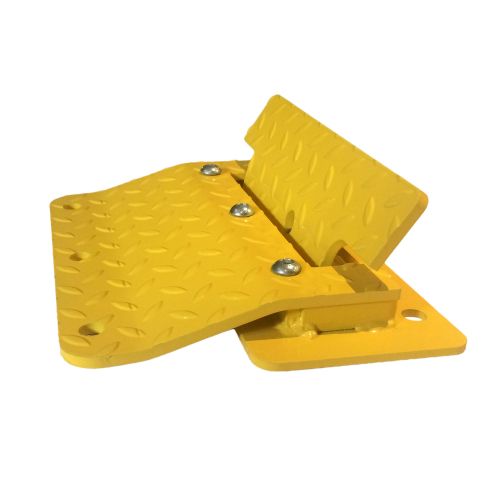Traffic Direction Control Plates - Standard
Standard flow plates are suitable for smaller car parks with low-medium traffic flow. These directional flow plates are usually bolted to the surface using 6 fixing bolts, which makes them the ideal solution in areas where excavation is not possible and for instance to control the direction of traffic in a multi-story car park.
All of our flow plates are manufactured in Europe to ensure they are tough and durable, quality products.
The standard flow plate is an ideal solution for smaller car parks with a low to medium yield of traffic flow. Manufactured in Europe, this is a tough and durable product designed to encourage the flow of traffic in one direction. The standard flow plate is manufactured in chequer plate and finished in a bright yellow for added visibility. Speed ramps should be used in conjunction with this product to ensure that traffic drives over at the correct speed (5mph).
We strongly recommend the use of warning signage and speed ramps in conjunction with HGV Flow Plates.
Specification
| Material | Chequer plate steel |
| Flap uright | 100mm |
| Width | 366mm |
| Depth | 250mm |
| Height of plate with flap depressed | 34mm |
| Weight | 12KG |
| Installation | Surface Mounted |
Instruction For Flow Plates
Flow plates have been designed to encourage vehicles to travel in one direction only. The use of flow plates by pedestrians is not recommended, as it is important to use common sense to avoid trapping any bodily parts and ensure that the product is used safely over its’ life span. As much as is possible, any part or component that could cause harm has been manufactured to offer the greatest protection to the user. Used sensibly and with the appropriate understanding of this product, these products will continue to operate in a safe manner.
Positioning
- To maximise the life of your Flow Plates, vehicles should drive over the product in a straight line. Vehicles turning on the Flow Plates can cause excessive discomfort to the passengers and will also damage the Flow Plates, springs, fixings and can affect the position on the surface.
- Flow Plates should be set back from junctions, to reduce vehicles stalling when pulling away
- It is best practice to fit Flow Plates on a level surface and not on an incline or slope as in certain circumstances dependant on the traffic type, damage may be caused to the Flow Plates and could reduce the life span of the product.
- Flow Plates are not to be fitted on a gravel road as this can cause damage to the Flow Plate, it’s mechanism and reduce the life span of the product
Installation Methods
The Flow Plates can be installed on to either a tarmac or concrete surface.
Tarmac surface fitting instructions:
This method should only be used if the asphalt surface is older than 6 months and has a crust of asphalt depth of 50mm or greater (for newly laid tarmac a concrete raft should be laid and concrete fixings used). The Flow Plate or Ramp should be fitted to tarmac surfaces using Rubber Expanding Bolts, these are a high-density rubber product with a nut moulded into the base. Rubber fixing plugs have an outside diameter of 24mm and are 75mm in depth; the actual steel bolt size is an M12 x 100mm.
- Set out all of the flow plates on the tarmac in the desired position
- Drill holes for all plates should be marked out on the tarmac
- Remove all of the plates and drill all the holes to the full depth (100mm) ** Do NOT fit any plates until all of the surface holes have been drilled out
- Fit the rubber fixing to the underside of each plate using the steel bolt, tighten by hand
- Lay all the plates over the holes and gently tap the plates to slot the rubber fixings into the holes with a mallet or similar
- Once all the plates are in position, tighten with an impact driver or socket
**Do Not Over Tighten The Fixings**
Concrete surface fitting instruction:
Where a tarmac surface is in poor condition, has a surface depth less than 50mm or is newer than 6 months old, it is recommended that a concrete raft is laid for the flow plates to be installed on to.
| Road Width | No. Plates Required | |
|---|---|---|
| Metric (Feet) | Imperial (Metres) | |
| 8.20' | 2.5 | 6 |
| 9.84' | 3 | 8 |
| 11.48' | 3.5 | 9 |
| 13.1' | 4 | 10 |
| 14.76' | 4.5 | 12 |
| 16.40' | 5 | 13 |
| 18.04' | 5.5 | 15 |
| 19.68' | 6 | 16 |
| 21.32' | 6.5 | 17 |
| 22.96' | 7 | 19 |
HERMEQ stock a wide-range of Entrace Barriers, Traffic Management, Permanent Fencing & Temporary Fencing conforming to all required safety specifications and regulations.
Need any help? Contact HERMEQ Today.
Contact our team via email sales@hermeq.nl or use our live chat feature between 8:00am & 17:00pm for help discovering our range.

































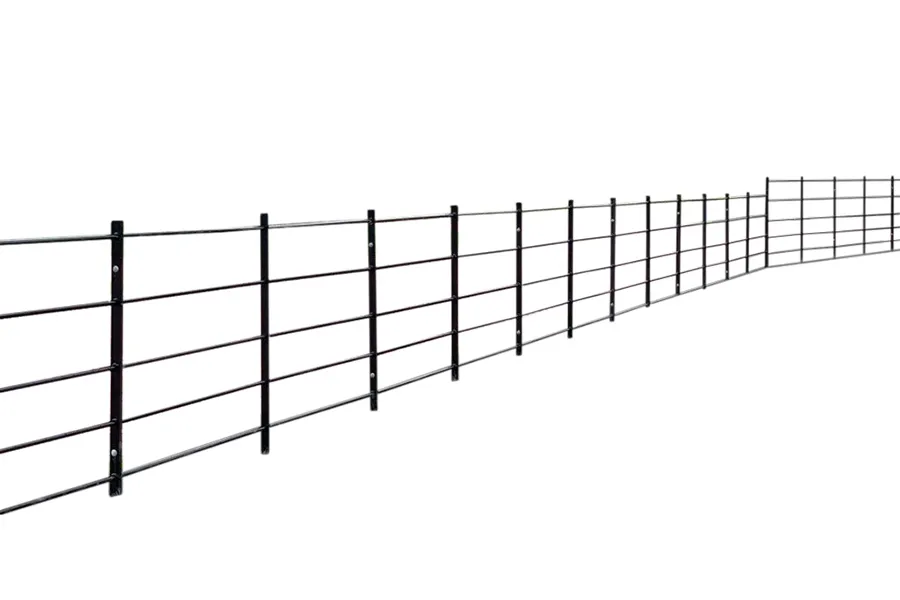

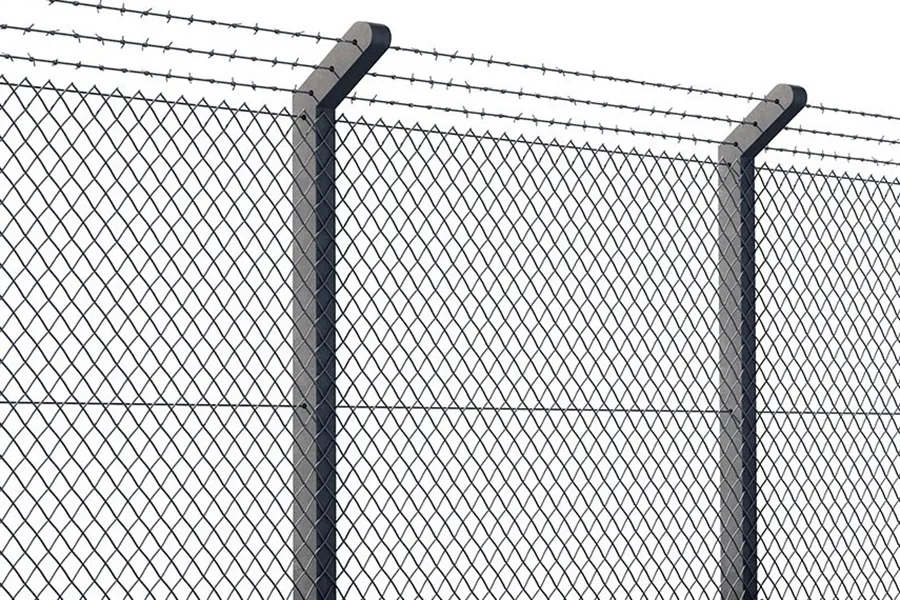

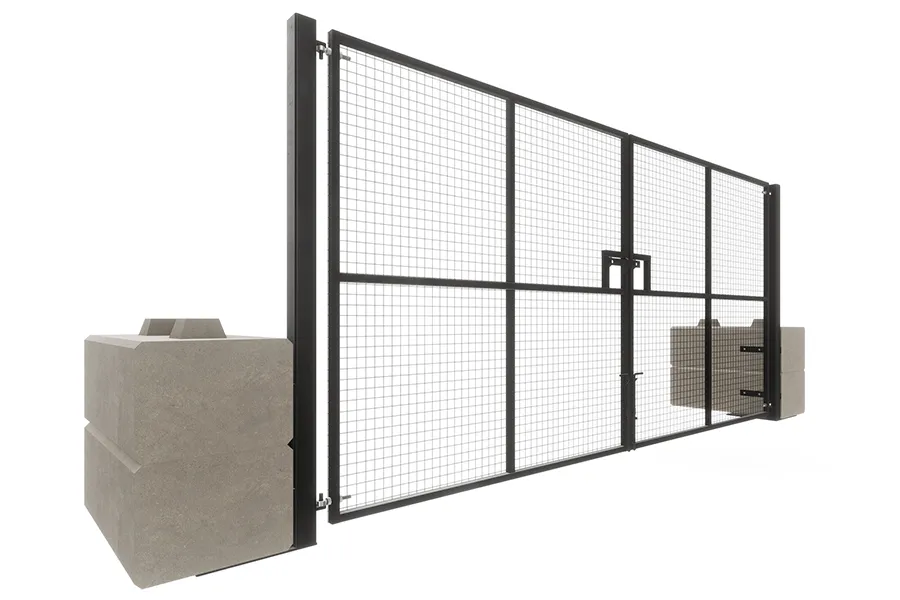
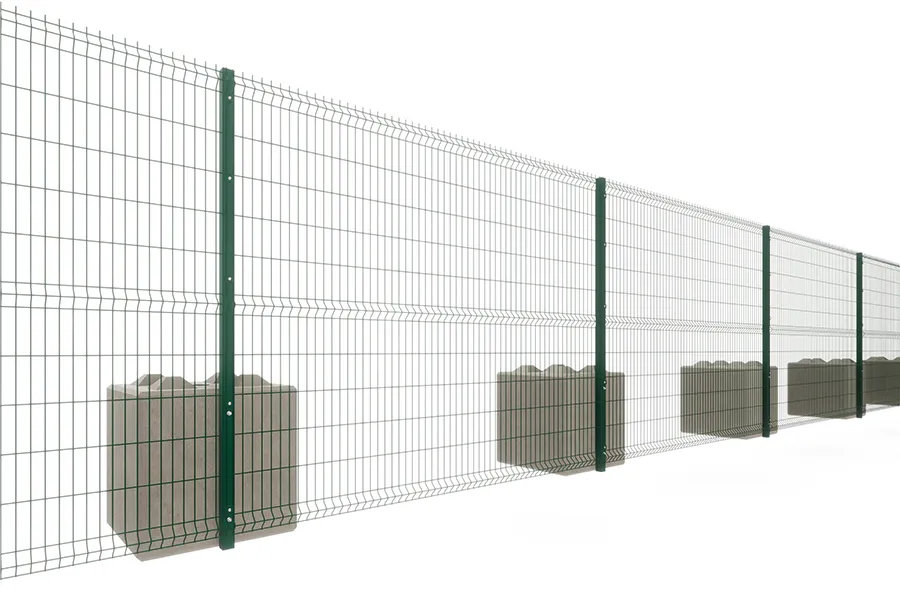














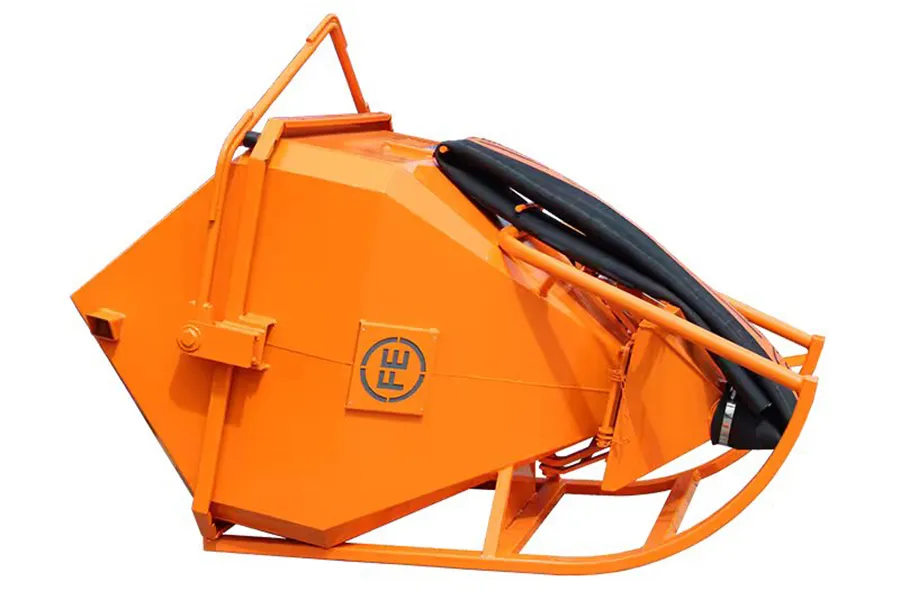


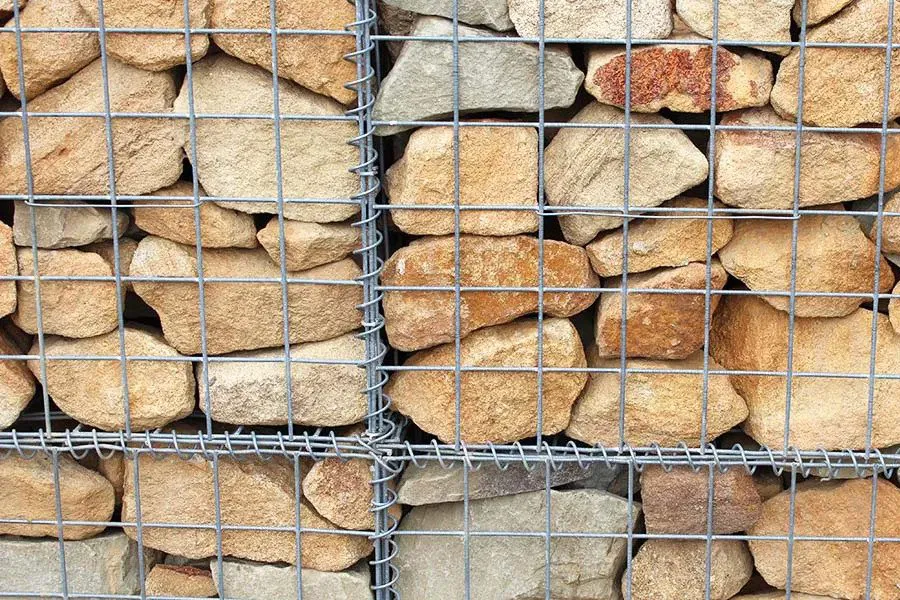




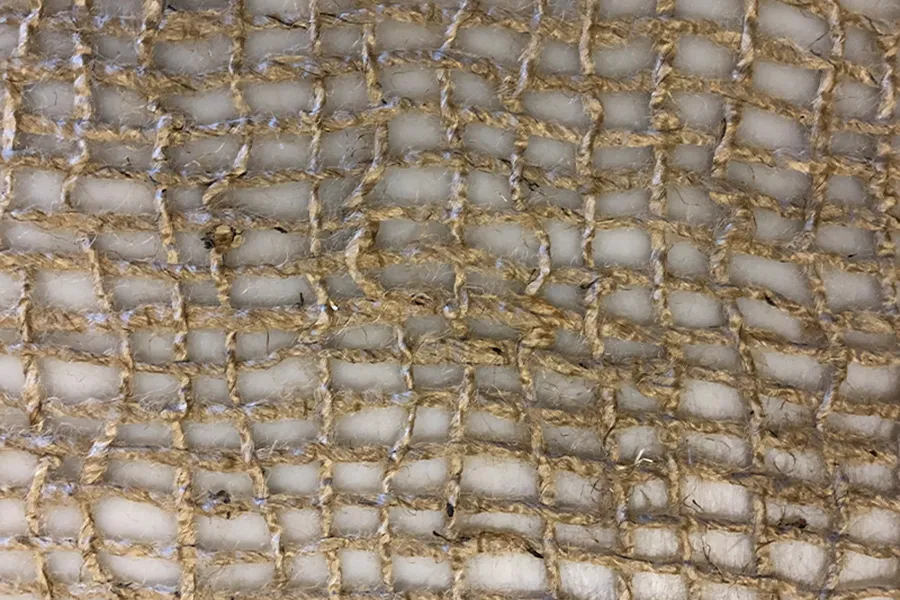
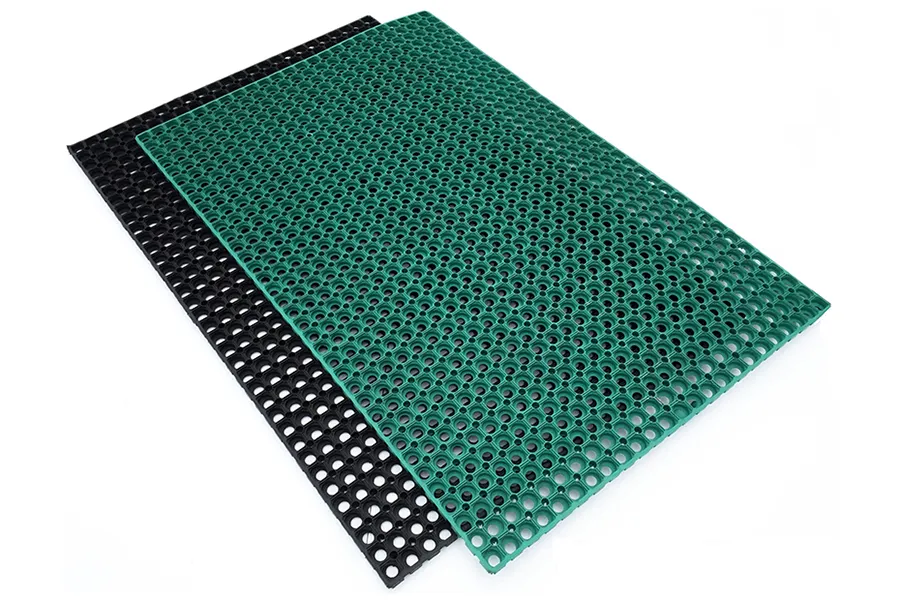











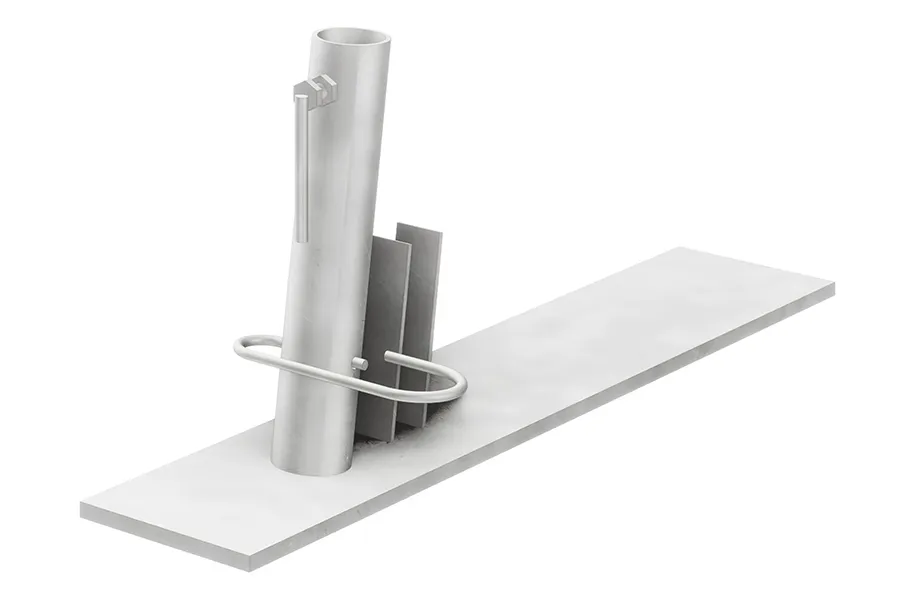



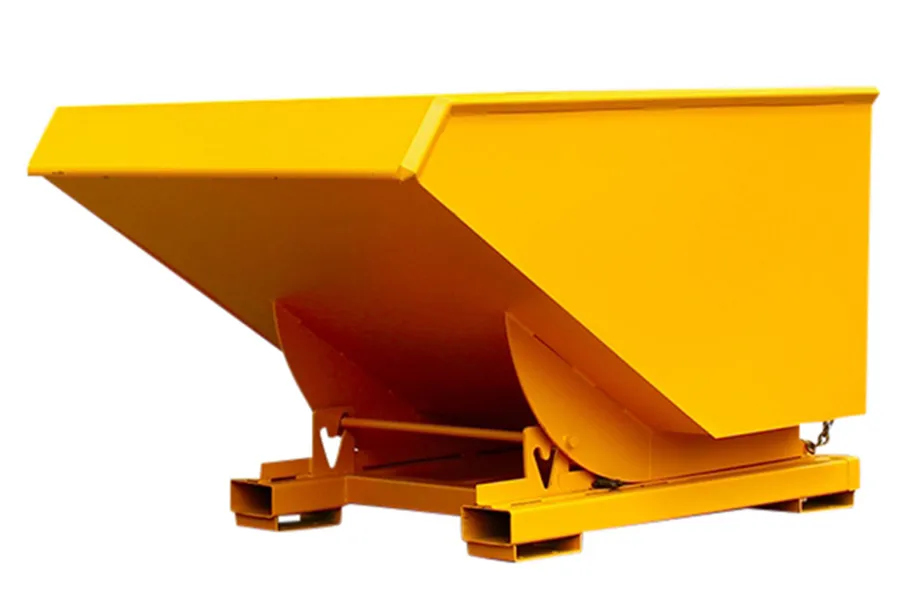












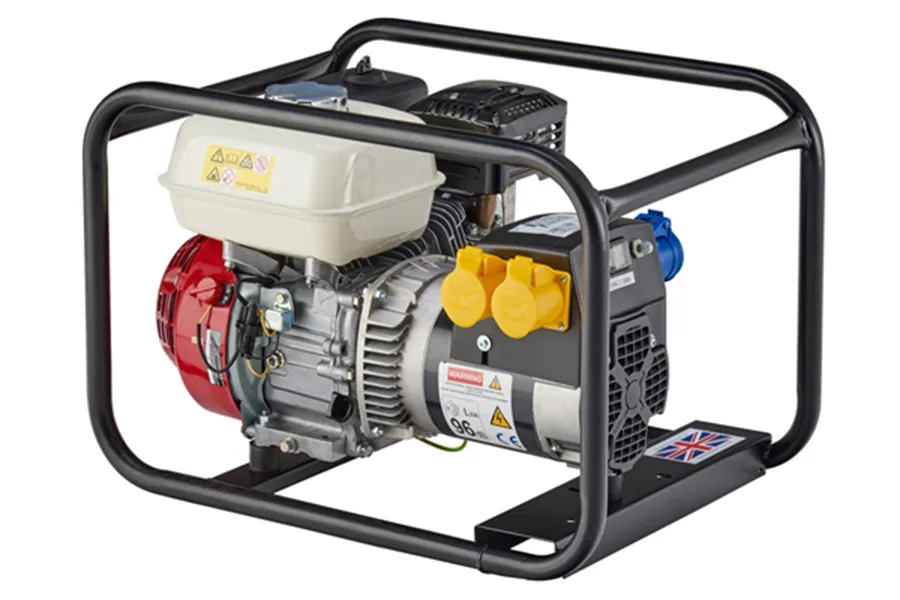



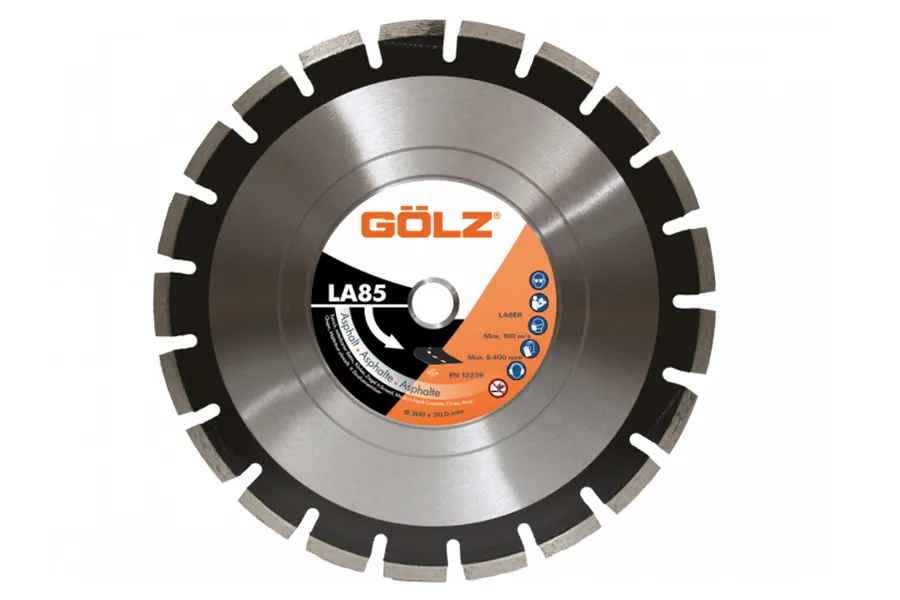






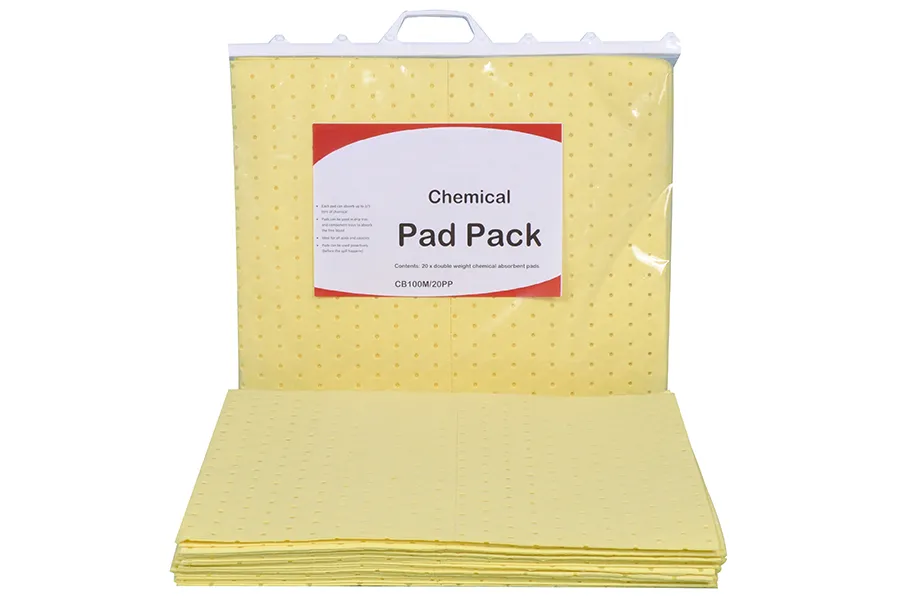
















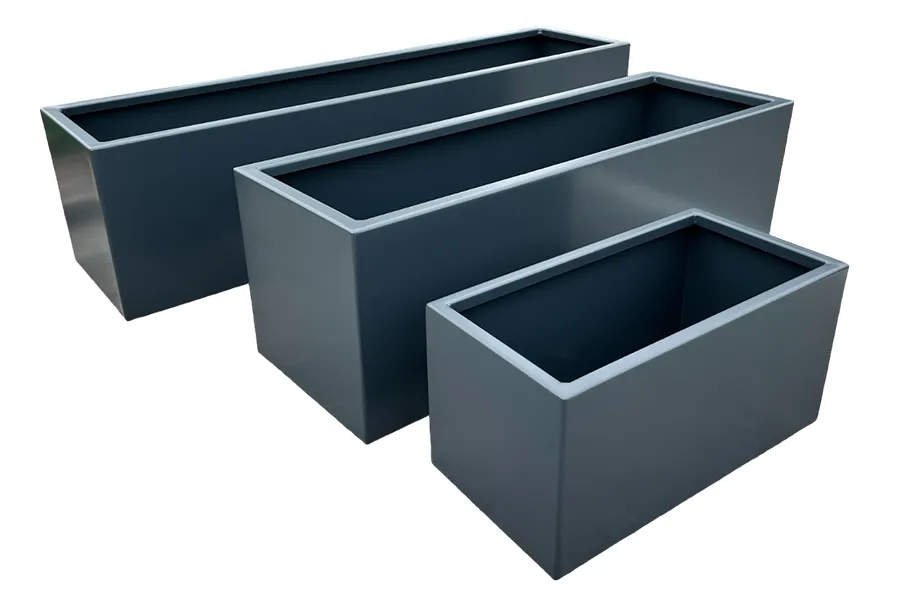

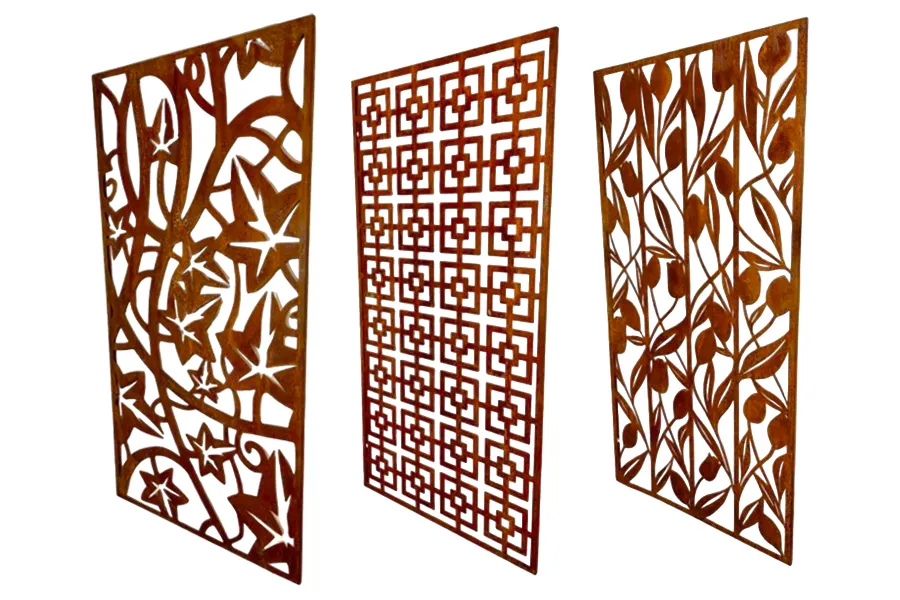















 English
English Dutch
Dutch Visit HERMEQ Ireland
Visit HERMEQ Ireland Visit HERMEQ France
Visit HERMEQ France Visit HERMEQ DACH
Visit HERMEQ DACH